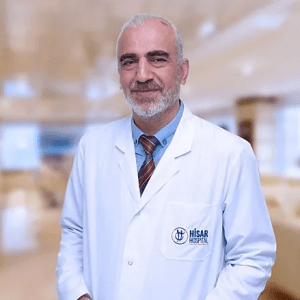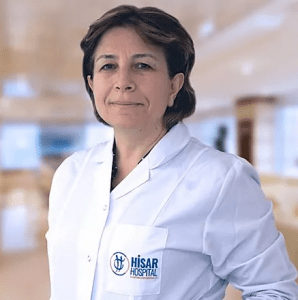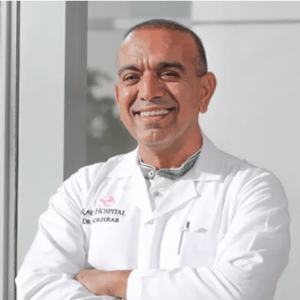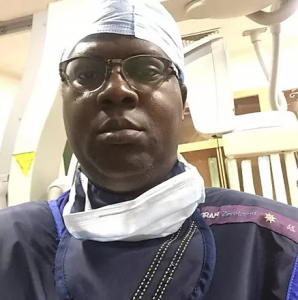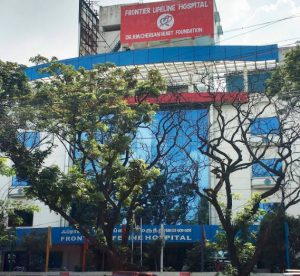Aortofemoral (aortobifemoral) bypass surgery
An aortobifemoral bypass is surgery to redirect blood around narrowed or blocked blood vessels in your belly or groin. To bypass a narrowed or blocked blood vessel, blood is redirected through a … Read More
Top Doctors For Aortofemoral (aortobifemoral) bypass surgery Treatments
Top Hospitals For Aortofemoral (aortobifemoral) bypass surgery Treatments
Aortofemoral (aortobifemoral) bypass surgery
An aortobifemoral bypass is surgery to redirect blood around narrowed or blocked blood vessels in your belly or groin. To bypass a narrowed or blocked blood vessel, blood is redirected through a graft made of synthetic material (such as polytetrafluoroethylene [PTFE] or Dacron).
This graft is sewn above and below the diseased artery so that blood flows through the graft. These man-made grafts are more likely to be used than transplanted natural grafts for aortobifemoral surgery, because the blood vessels involved are large. The artificial blood vessel is formed into a Y shape. The single end of the Y is sewn on the aorta. The two split ends of the Y are sewn below the blocked or narrowed areas of the femoral arteries. This allows the blood to travel around (bypass) the diseased areas. The surgery is done to increase blood flow to the legs.
This may relieve symptoms such as leg pain, numbness, and cramping. You may be able to walk longer distances without leg pain. The doctor used a man-made blood vessel, called a graft, to bypass the narrowed or blocked blood vessels. The graft will carry blood from the aorta to the femoral artery in each thigh. The aorta is the large blood vessel that carries blood from the heart to the blood vessels in the belly. The femoral arteries are large blood vessels that carry blood from the blood vessels in the belly to the legs. You can expect your belly and groin to be sore for several weeks.You will probably feel more tired than usual for several weeks after surgery. You may be able to do many of your usual activities after 4 to 6 weeks. But you will probably need 2 to 3 months to fully recover, especially if you usually do a lot of physical activities.
Symptoms
This surgical procedure is usually recommended only if you are in danger of losing your limb or if you are having serious or significant symptoms. These symptoms may include:
• leg aches
• pain in the legs
• legs that feel heavy
These symptoms are considered serious enough for this procedure if they occur when you walk as well as when you are at rest. You could also need the procedure if your symptoms make it difficult to complete basic daily tasks, you have an infection in your affected leg, or your symptoms don’t improve with other treatments.
Causes
Aortobifemoral bypass surgery is for people who have narrowed or blocked blood vessels (aorta or iliac arteries) in the abdomen and pelvis. Usually the disease must be causing significant symptoms or be limb-threatening before bypass surgery is considered.
FAQ
What is aortofemoral bypass surgery?
Aortofemoral bypass surgery is used to bypass diseased large blood vessels in the abdomen and groin.
Why is this surgery needed?
Aortofemoral bypass surgery is for people who have narrowed or blocked blood vessels (aorta or iliac arteries) in the abdomen and pelvis. Usually the disease must be causing significant symptoms or be limb-threatening before bypass surgery is considered.
What are the symptoms of the blocked vessel?
The symptoms may include:
• leg aches
• pain in the legs
• legs that feel heavy
These symptoms are considered serious enough for this procedure if they occur when you walk as well as when you are at rest. You could also need the procedure if your symptoms make it difficult to complete basic daily tasks, you have an infection in your affected leg, or your symptoms don’t improve with other treatments.
What is the procedure of this surgery?
To bypass a narrowed or blocked blood vessel, blood is redirected through a graft made of synthetic material (such as polytetrafluoroethylene [PTFE] or Dacron). This graft is sewn above and below the diseased artery so that blood flows through the graft. The artificial blood vessel is formed into a Y shape. The single end of the Y is sewn on the aorta. The two split ends of the Y are sewn below the blocked or narrowed areas of the femoral arteries. This allows the blood to travel around (bypass) the diseased areas.
What are the kinds of grafts which are used in this surgery?
The grafts can be synthetic which are: polytetrafluoroethyline [PTFE] or Dacron or natural grafts.
What can I expect after the surgery?
You can expect your belly and groin to be sore for several weeks. You will probably feel more tired than usual for several weeks after surgery. You may be able to do many of your usual activities after 4 to 6 weeks. But you will probably need 2 to 3 months to fully recover, especially if you usually do a lot of physical activities.
How successful is this surgery?
Aortobifemoral bypass is successful at keeping the artery open and reducing symptoms over 80% of the time for at least 10 years.
What are the risks involved in this surgery?
Risks for aortofemoral bypass procedure include:
• Failed or blocked grafts.
• Bleeding.
• Infection.
• Heart attack.
• Stroke.
• Sexual dysfunction caused by nerve damage in the pelvis.





































